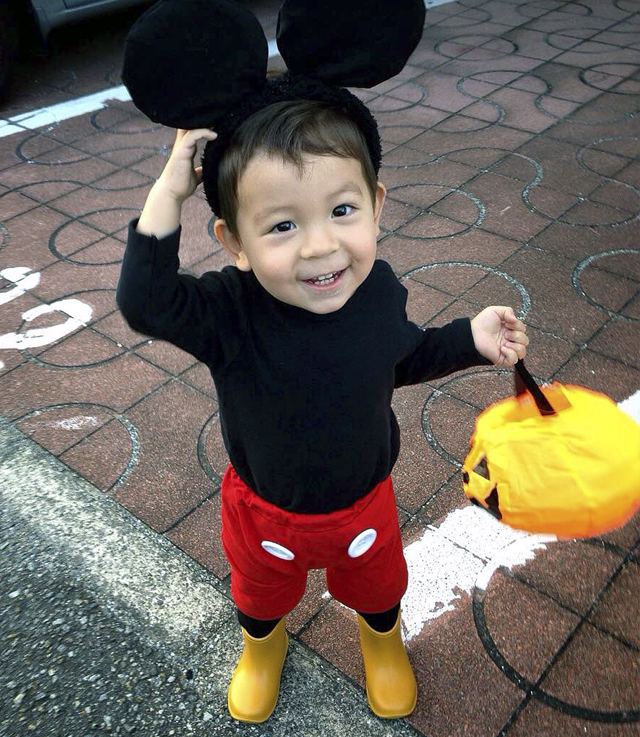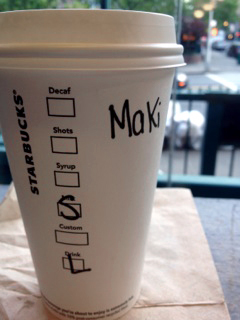Love is in the Air
February 14th, otherwise known as Valentine’s Day, has come and gone. Here at imagine* we were lucky to receive some lovely goodies, talked with students about their plans, and got some tips on how to make homemade chocolates.
One topic that came up several times was the differences between Valentine’s Day in Japan and North America, with the biggest difference being White Day.
Both Chris and I are from North America, and we are used to Valentine’s Day being a day where couples exchange presents, and try to do something romantic together. In some cases, parents include their children and make it a family event. My parents always exchanged gifts on the 14th, but they also bought something for my sister and I too. As well, there are couples that feel that Valentine’s Day is just a commercial holiday, and do nothing at all.
Many students explained that in Japan, things are done differently, with Valentine’s Day traditionally being a day for men, and White Day a day for women. I asked a few students about the origins of White Day, but no one could answer so I did a little Internet research and this is what I learned…
In 1977 a sweets company located in Fukuoka decided to market marshmallows for men to buy for their loved ones; they called the day “Marshmallow Day”. One year later, March 14th was officially called “White Day” and the idea was (and still is) that it would be a day when men could pay back the women who gave them gifts on Valentine’s Day. At first, companies focused on selling white chocolate and marshmallows to match the name, but now various kinds of sweets are sold. Interestingly, White Day is also celebrated in South Korea, Taiwan and China.
I have lived in Japan for over 14 years but I never took the time to find out the meaning behind White Day; my curiosity has been satisfied, and I hope that yours has been too.




 One of the things that differ from ordering at Starbucks in Japan is having to give your name when you order. The staff write your name on your cup so that they don’t give your order to another customer by accident. So we made sure to practice that while ordering.
One of the things that differ from ordering at Starbucks in Japan is having to give your name when you order. The staff write your name on your cup so that they don’t give your order to another customer by accident. So we made sure to practice that while ordering.